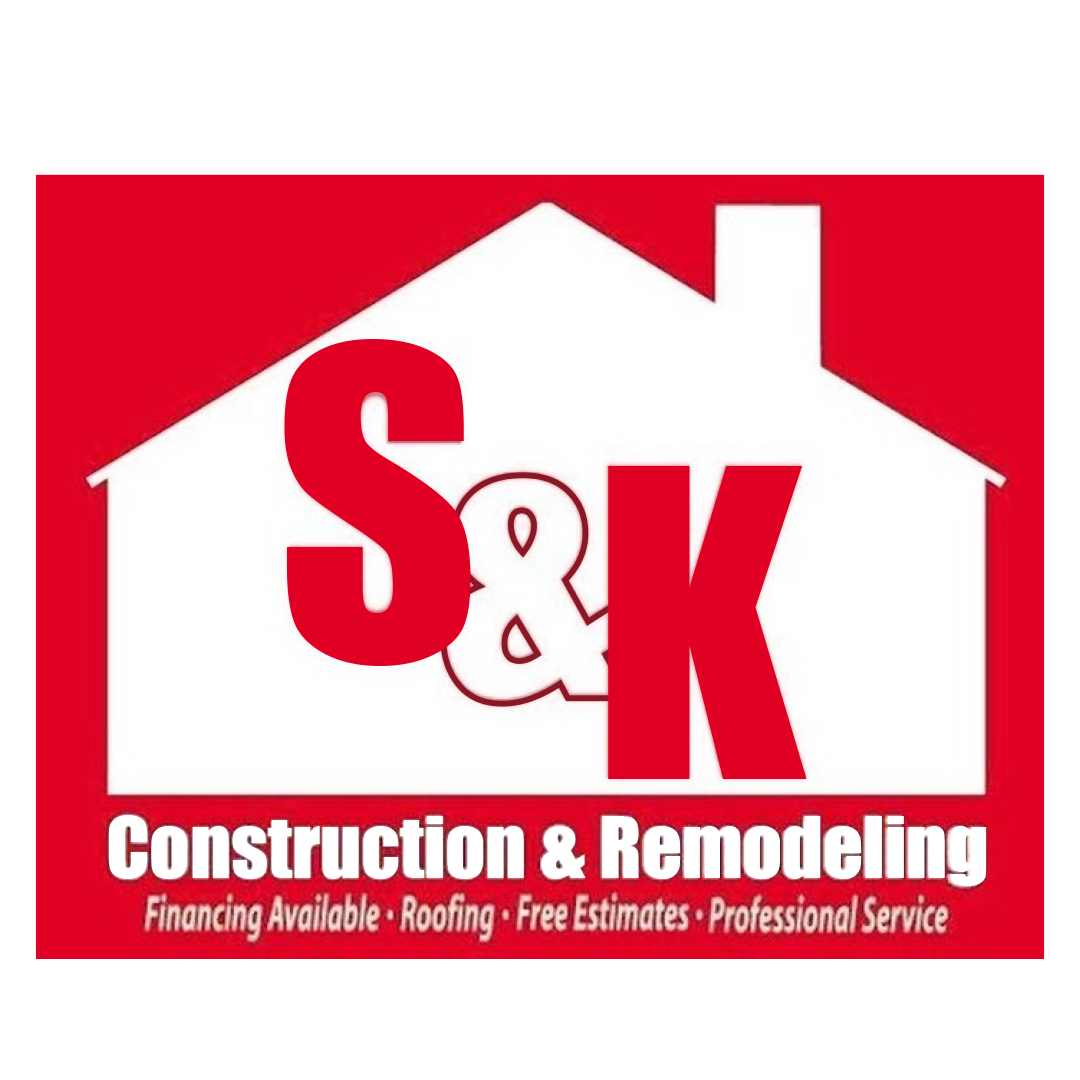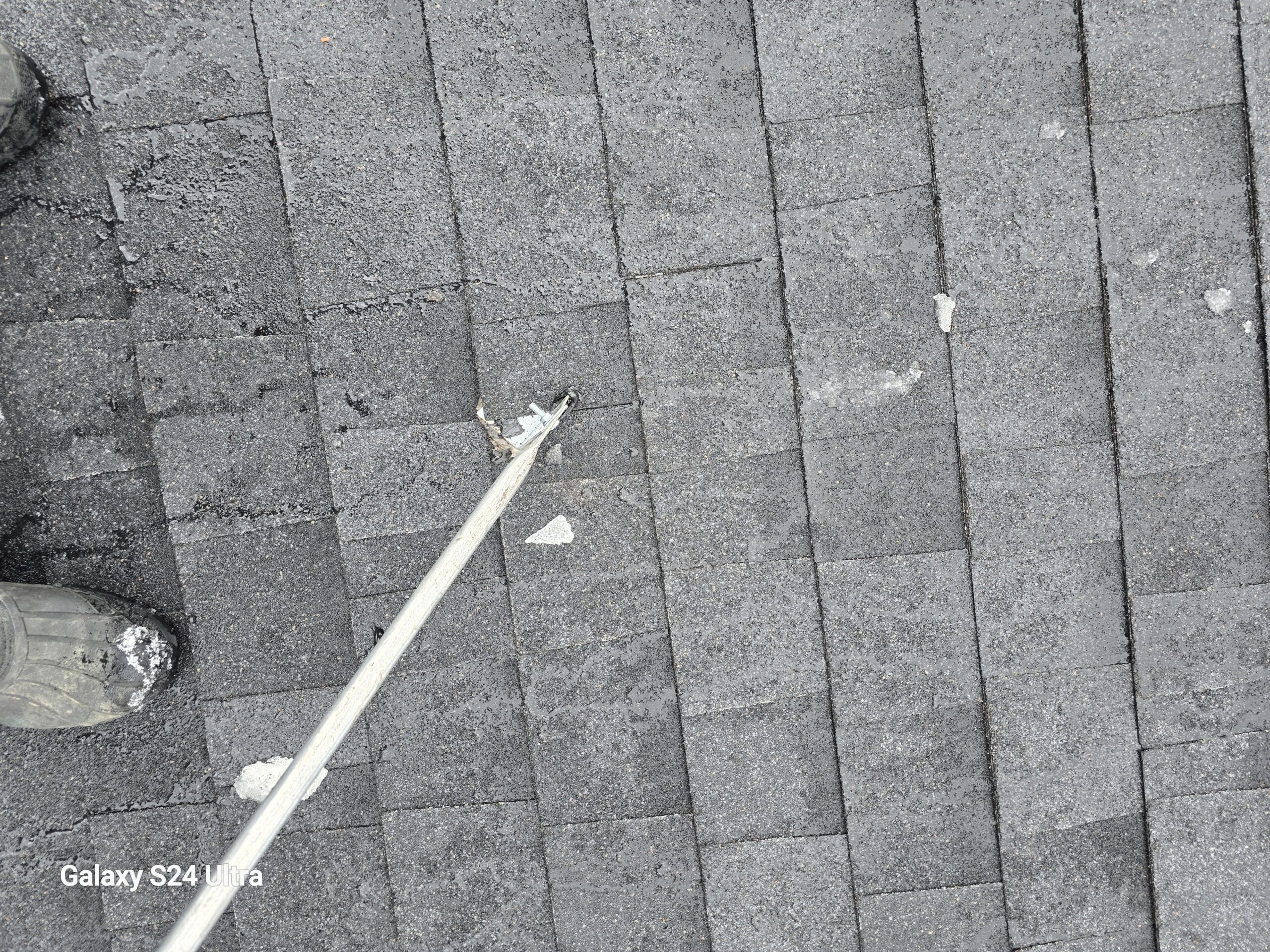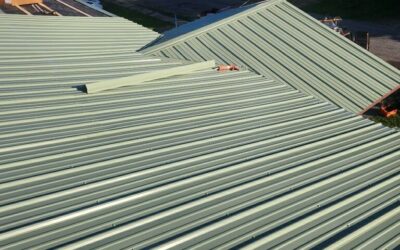Soffit and Fascia Replacement & Capping: Everything You Need to Know
Introduction
When it comes to protecting and enhancing the look of your home, the soffit and fascia play an essential role. These often-overlooked elements are crucial in maintaining the structural integrity and curb appeal of your home. Over time, soffit and fascia can become damaged due to weather exposure, pests, or general wear and tear, making replacement or capping necessary.
If you’re considering soffit and fascia replacement & capping, this guide will walk you through everything you need to know, from the benefits to the process and why you should invest in professional installation.
What Are Soffit and Fascia?
Soffit
The soffit is the exposed surface underneath the eaves of your roof. It helps ventilate your attic, allowing airflow that prevents moisture buildup, which can lead to mold, rot, and damage to the roofing structure. Soffits can be made of various materials, including vinyl, aluminum, and wood.
Fascia
The fascia is the vertical finishing edge connected to the ends of the rafters, supporting the lower edge of the roof. Fascia provides a foundation for gutters and serves as a barrier against water and pests. Just like soffits, fascia boards come in different materials, such as wood, PVC, aluminum, and composite materials.
Why Soffit and Fascia Replacement Is Necessary
1. Protection Against Weather Damage
Soffit and fascia are constantly exposed to the elements. Over time, heavy rain, snow, and wind can cause these components to deteriorate, leading to structural damage and costly repairs if left unaddressed.
2. Preventing Pest Infestations
Damaged soffit and fascia create entry points for rodents, birds, and insects, leading to potential infestations that can cause further home damage. Properly maintained soffits and fascia keep these pests out.
3. Enhancing Curb Appeal
Fascia and soffit contribute to the overall appearance of your home. When they start to rot, warp, or peel, it can make your home look neglected. A fresh replacement or capping can drastically improve your home’s exterior aesthetic.
4. Extending Roof Longevity
Proper ventilation through soffits prevents excess moisture buildup in the attic, reducing the risk of mold and rot. This extends the lifespan of your roof and prevents costly repairs down the road.
Signs That Your Soffit and Fascia Need Replacement
If you’re unsure whether your soffit and fascia need replacement, watch out for the following warning signs:
- Visible rot or mold: Wood fascia boards are particularly vulnerable to moisture damage.
- Peeling or chipped paint: Aesthetic damage may indicate underlying structural issues.
- Animal or insect nests: If birds, wasps, or rodents are making homes in your soffit, it’s time for a replacement.
- Water damage or leaks: If you notice water stains or moisture around your soffit and fascia, this could signal improper drainage or leaks in your roofing system.
- Sagging or detached gutters: Since gutters attach to the fascia, any sagging or damage might indicate the fascia needs replacing.
What Is Soffit and Fascia Capping?
Capping involves covering the existing wood fascia with a durable material, usually aluminum or vinyl. This process offers several benefits:
1. Low Maintenance
Capped fascia and soffit require minimal upkeep, eliminating the need for frequent repainting or repairs.
2. Increased Durability
Capping provides additional protection against moisture, pests, and weather damage, extending the lifespan of your soffit and fascia.
3. Enhanced Aesthetic Appeal
Capping comes in a variety of colors and finishes, allowing you to match it with your home’s existing design for a polished look.
4. Cost-Effective Solution
Instead of a complete replacement, capping can be a more affordable alternative that still offers long-term benefits.
Soffit and Fascia Materials
When replacing or capping your soffit and fascia, you have several material options to choose from:
1. Wood
- Traditional choice, especially for older homes.
- Requires regular painting and maintenance.
- Prone to rot and pest infestations.
2. Vinyl
- Affordable and easy to maintain.
- Resistant to rot, insects, and moisture.
- Available in various colors.
3. Aluminum
- Lightweight and rust-resistant.
- Ideal for capping fascia boards.
- Durable and weather-resistant.
4. Composite/PVC
- Highly durable and resistant to moisture and pests.
- Can mimic the look of wood without the maintenance.
- More expensive but long-lasting.
The Replacement and Capping Process
Replacing or capping soffit and fascia is a job best handled by professionals. Here’s what the process typically involves:
Step 1: Inspection and Assessment
A professional contractor will inspect your existing soffit and fascia to determine the extent of damage and recommend the best solution.
Step 2: Removal of Old Materials
If the soffit or fascia is too damaged to be capped, the existing materials will be removed carefully to prevent further damage.
Step 3: Installation of New Soffit and Fascia
New soffit and fascia materials are installed, ensuring proper alignment and ventilation where necessary.
Step 4: Capping (If Applicable)
For those choosing capping, aluminum or vinyl material is cut and applied over the existing fascia for added protection.
Step 5: Final Inspection
The contractor will check for any gaps, ensure proper ventilation, and clean up any debris, leaving your home with a refreshed exterior.
Why You Should Hire Professionals for Soffit and Fascia Work
Although some homeowners attempt DIY soffit and fascia repairs, hiring professionals offers several advantages:
- Expert Installation: Professionals ensure correct installation and alignment, preventing future issues.
- Safety Assurance: Working on ladders and roofing elements can be dangerous for those without experience.
- Long-Term Savings: Proper installation reduces the need for future repairs and extends the lifespan of your soffit and fascia.
- Warranty Protection: Many contractors offer warranties on materials and labor, giving you peace of mind.
Cost of Soffit and Fascia Replacement & Capping
The cost of soffit and fascia replacement or capping depends on several factors:
- Material Choice: Vinyl and aluminum are generally more affordable than composite materials.
- Extent of Damage: More extensive repairs or complete replacements will cost more than simple capping jobs.
- Labor Costs: Hiring a professional contractor may add to the cost, but it ensures a high-quality and long-lasting installation.
On average, homeowners can expect to pay anywhere between $6 to $20 per linear foot for soffit and fascia replacement, while capping may range from $5 to $12 per linear foot.
Final Thoughts
Soffit and fascia replacement & capping are essential investments that protect your home from weather damage, pests, and moisture buildup while enhancing curb appeal. Whether you opt for a full replacement or choose to cap your existing fascia, ensuring proper installation and maintenance will keep your home in top shape for years to come.
At S&K Construction And Remodeling LLC, we specialize in soffit and fascia replacement, capping, and roofing solutions throughout Youngstown, Ohio, and surrounding areas. Contact us today for a free estimate and let our experienced team provide you with the best solutions for your home!
 (440) 307-2060
(440) 307-2060


